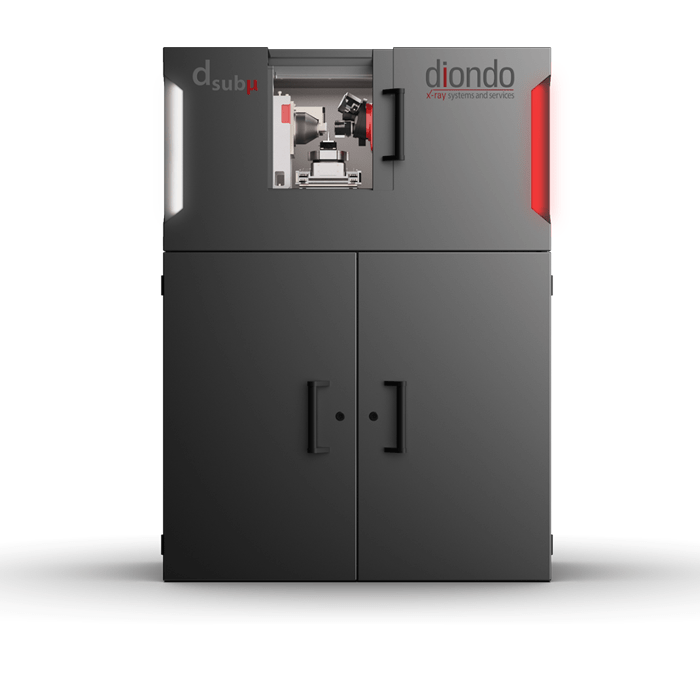
Diondo dsubµ - Sub-Micron CT
Computed Tomography
Highest X-ray resolution available

Submicron resolution even at large working distances
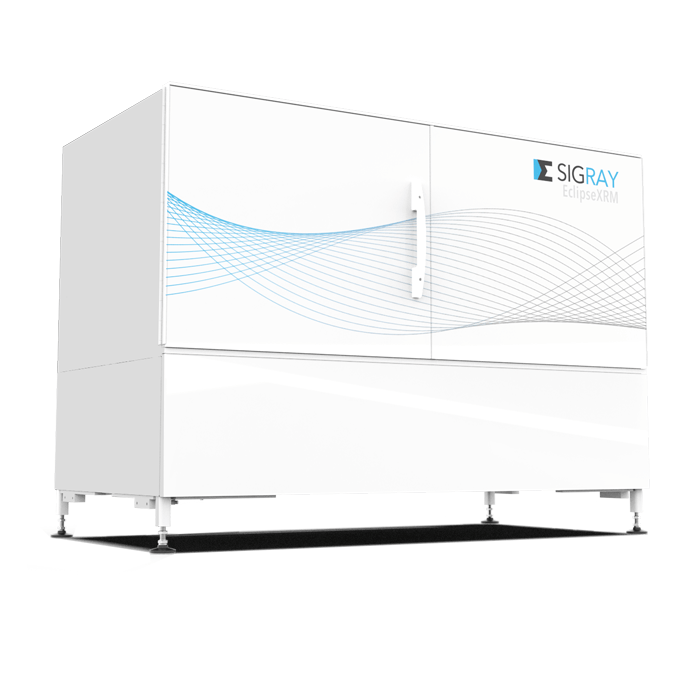
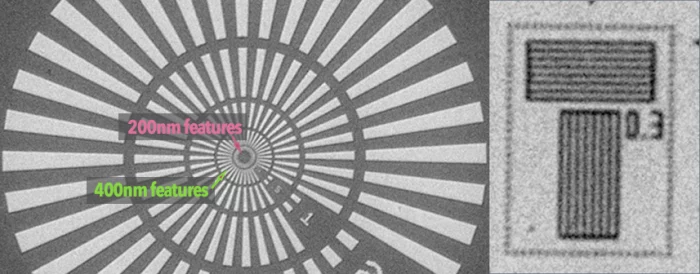
The Sigray EclipseXRM leads the way in terms of resolution, bridging the gap from micro-XRM to nano-XRM. It achieves a spatial resolution of 0.3µm (300nm) and successfully maintains this, even at long working distances.
It outperforms all other systms on the market, including flexible XRMs which might achieve spatial resolutions of 0.5µm.
The EclipseXRM also employs a highly efficient detection system which enables higher throughput rates, even when scanning at high resolutions.
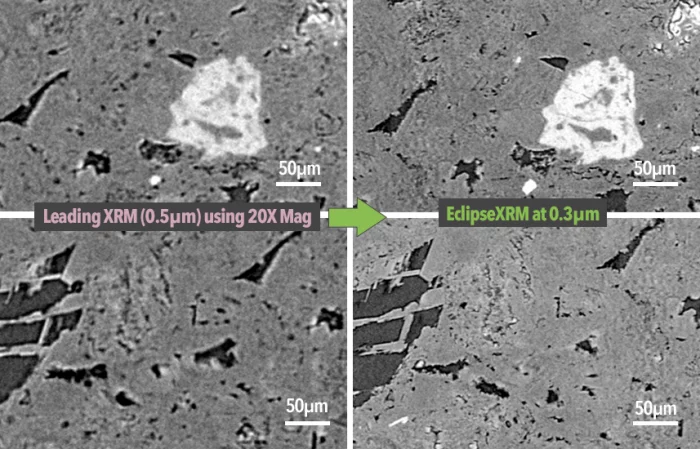
This image of a shale rock shows a comparison between a leading XRM with 0.5µm resolution and 20x objective and clearly shows the the sharper image generated by the EclipseXRM. Also worth mentioning is the fact that the EclipseXRM generated better quality images in a faction of the time (2.5hrs vs 4 hrs). In addition, the EclipseXRM’s dataset had sufficient signal-to-noise ratio (SNR) for simple FDK (Feldkamp-Davis-Kress) reconstruction, while the leading XRM’s 20X data required reconstruction using time-consuming iterative reconstruction due to poor SNR.
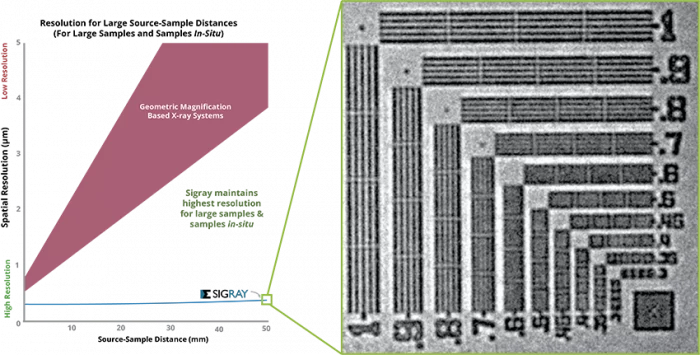
Large samples and in situ experiments often require larger working distances. Some manufacturers use two-stage magnification to try and achieve high resolutions, but this often results in compromised detector efficiences. Sigray have an alternative patent pending strategy that does away with the objective lens and achieves high resolution independent of working distance.

Designed to meet the needs of centra facilties and multi-user labs, the EclipseXRM can be optioned to incorporates a Novel Multi-Spectral Imaging enabling maximum versatility. This provides unique access to multiple quasi-monochromatic beams of x-rays, allowing users to achieve maximum contrast across a wide range of vaerying sample types and challenging sample typoes including low-Z structures, biological materials, Li batteries etc.
